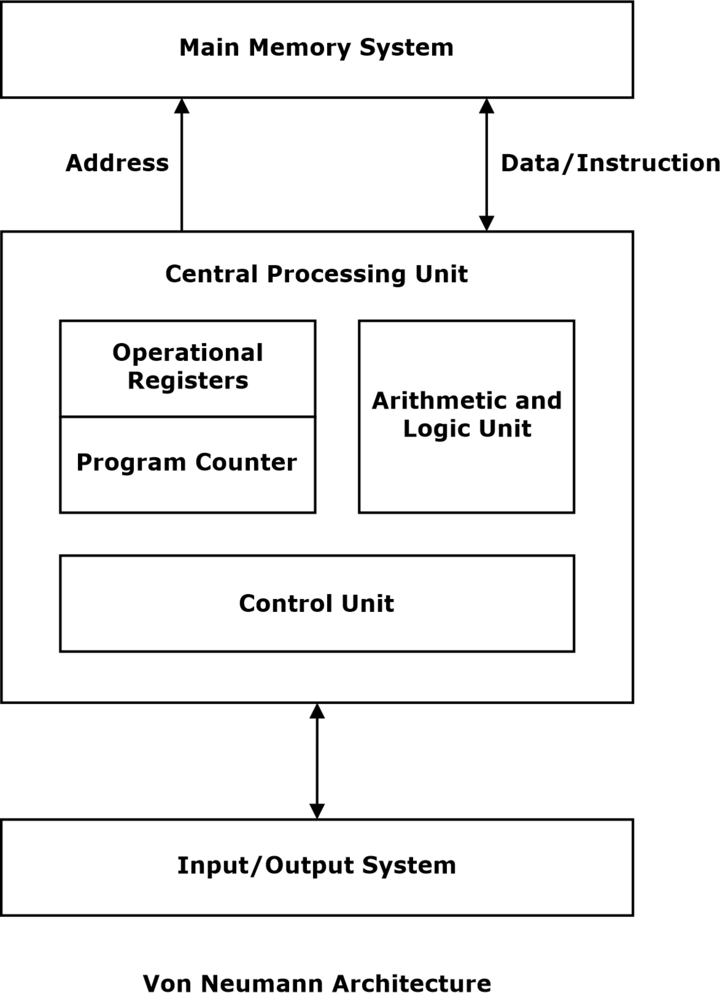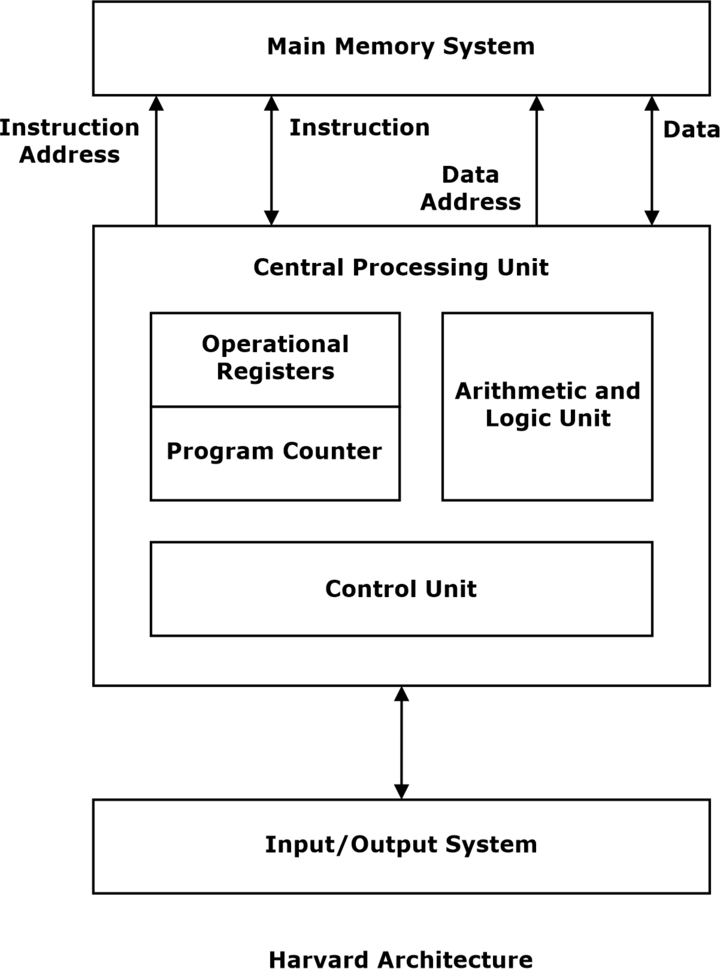Difference Between Von Neumann and Harvard Architecture
By BYJU'S Exam Prep
Updated on: September 25th, 2023

The Difference between Von Neumann and Harvard Architecture is that in Von Neumann, the same physical memory is used, whereas, in Harvard Architecture, different and separate physical memory is used for storing data. While learning computer organization, we came across two types of computer architecture: Von Neumann and Harvard architectures developed by Jon Von Neumann and Harvard Mark.
Difference Between Von Neumann and Harvard Architecture
This article will deal with the difference between Von Neumann and Harvard Architecture. Generally, any microcontroller is an arrangement of CPU components, specifically RAM and ROM. Von Neumann and Harvard architecture have different arrangements for memory and data, which is the basis of the difference between Von Neumann and Harvard Architecture.
Download Formulas for GATE Computer Science Engineering – Algorithms
Table of content
Difference Between Von Neumann and Harvard Architecture
In Von Neumann’s design, the programs and data are stored in the same memory space and treated as one. We will see the difference between Von Neumann and Harvard Architecture based on metrics such as speed, performance, etc, which will help clarify doubts regarding these architectures for the GATE exam preparation.
Key Differences Between Von Neumann and Harvard Architecture
|
Von Neumann Architecture |
Harvard Architecture |
|
The same physical memory is used to store instructions and data. |
Separate physical memory is provided to store instructions and data. |
|
It is based on the stored-program concept. |
It is based on relay-based computer models. |
|
Common bus for transferring instructions and data. |
Separate buses are used to transfer instructions and data. |
|
Two clock cycles are used to execute a single instruction. |
A single clock cycle is used to execute a single instruction. |
|
It is cheaper in comparison to Harvard architecture. |
It is more expensive than Von Neumann’s architecture. |
|
Used in personal computers. |
Used in microcontrollers and signal processing. |
Von Neumann and Harvard Architecture
Von Neumann’s architecture was designed by renowned mathematician and physicist John Von Neumann in 1945. Harvard Architecture originated from relay-based computers that stored data in electro-mechanical counters and instructions on punched tapes. Both architectures hold an important weightage in the GATE CSE syllabus.
Download Formulas for GATE Computer Science Engineering – Digital Logic
What is Von Neumann’s Architecture?
The computers are based on the stored-program concept. A stored program keeps data and program instructions in RAM, where instruction fetch and a data operation cannot occur simultaneously.
This process is referred to as the Von Neumann bottleneck. Due to this bottleneck, the performance of Von Neumann’s architecture is limited. The Von Neumann architecture is as follows:

What is Harvard Architecture?
This microcontroller design has separate storage areas and signals for instructions and data. The basic difference between Von Neumann and Harvard Architecture is the contrast in the storage area for instructions and data. Unlike Harvard, Von Neumann has the same storage unit for programs and instructions. However, modern processors use Von Neumann microcontrollers.
Download Formulas for GATE Computer Science Engineering – Computer Organization & Architecture
The Harvard architecture is as follows:



